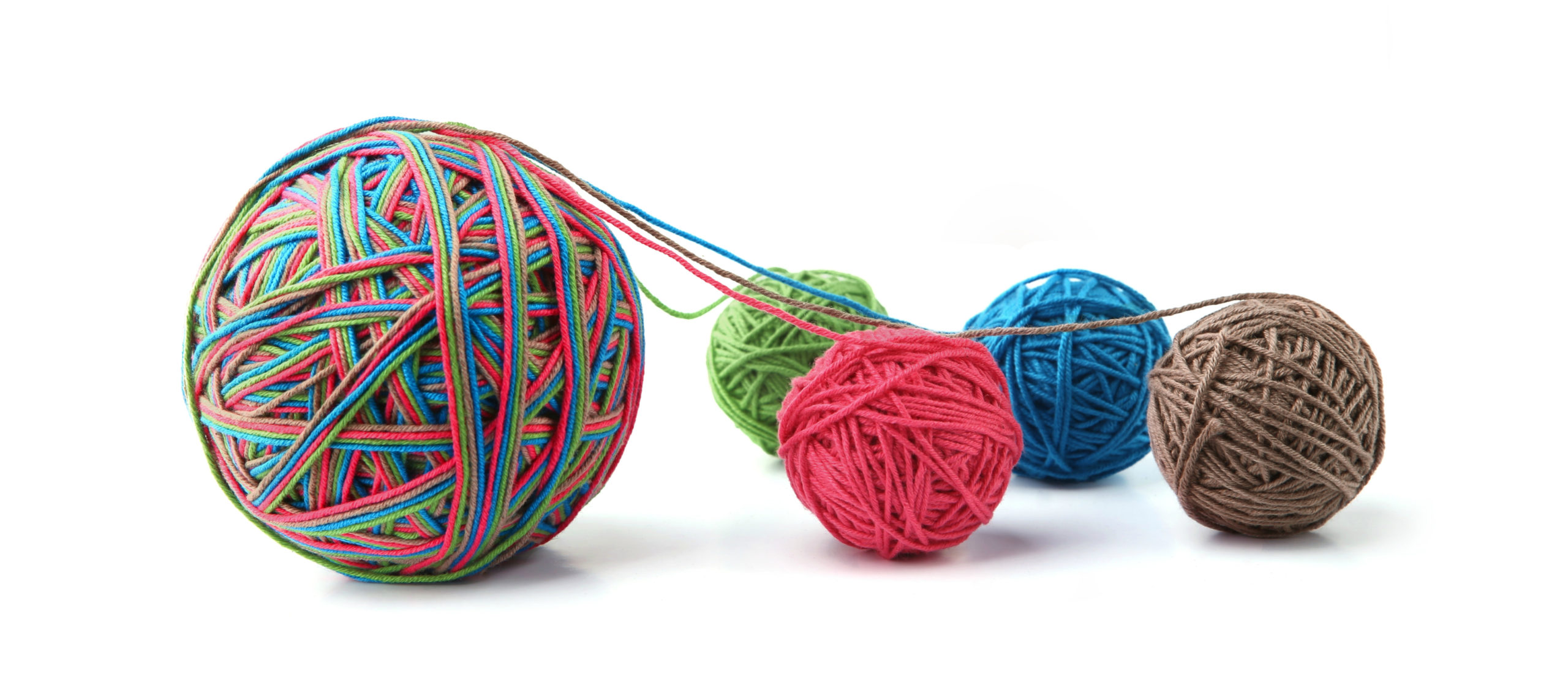
In what now feels like another life, I worked as a conductor, composer and creative director – that’s my background, really, before everything else and all that’s happened and all my career incarnations; I’m a musician, composer, creative director and conductor. As a creative director and producer, I worked on some of the largest outdoor and indoor productions for a range of international clients including the Parliament of World Religions, United Nations, World Congress for Genetics and even managed to produce and direct nine Australia Day Concerts with casts ranging from 250 to 1200.
To me, the theatre and arts are not at all alien or distinct to my current work in and around the diversity, equality and inclusion (DEI) space.
Think of a clarinet – my instrument of choice – and think of an orchestra. An orchestra is obviously the sum of many instruments playing in harmony at the conductor’s direction to create, yes, a symphony of sound. A large sound, usually – compared to the individual instruments.
As for the individual instrument, in this case the clarinet, our woodwind friend, in the right hands creates a beautiful melody. So do the violins, the cello, the flute – they’re different sounds, even if they play the same song. But together they make up the orchestra.
An orchestra, however, is a different sound and experience than any instrument in isolation.
Individually, each instrument creates beauty. Together, they create a different beauty – still, we oughtn’t conflate the two. A clarinet is not an orchestra. An orchestra is more than just one clarinet. The clarinet is part of an orchestra.
Now compare that clarinet and an orchestral to a completely different genre of music from a different part of the world that utilises a completely different tuning system and entirely different instrumentation. How do we reconcile these two different approaches to music performance and is it at all possible?
This post, one of several on conflation I intend to write over the next few months on how we conflate different aspects of identity, deals with the tendency we have to categorise and label people – and, while necessary sometimes, the dangers to be found therein. To move on from my initial metaphor, my concerns centre mostly on identity, diversity and conflating one aspect of an identity group with another. This is a particularly important consideration for those working in the DEI space.
Just as an orchestra is made up of individual instruments, organisations and more broadly, societies, are made up of individuals. These people have their own individual identities and attributes – some of which are common to the organisation, some of which are entirely their own.
So what is conflation? Conflation is the merging or combining of ideas, opinions and even sets of information into a new category often resulting in confusion and blurring of the boundaries. This is often done logically and with good intentions.
When it comes to the Diversity, Equity and Inclusion space there is no shortage of such instances. Race and Ethnicity are often conflated as if they are one and LGBTQI+ conflates aspects of gender expression, sexual orientation, biological sex and gender identity into a new category.

This category is driven by a cause for social justice and human rights, but the unintended consequence of the treatment of these aspects of identity into one distinct category has come at the expense of individuals and entire communities feeling left out. There is emerging data to suggest the merging of categories perpetuates inequality and difference. There are a myriad of studies now indicating that the merging of categories perpetuates inequality and difference.
I recently attended a webinar where an intersex individual spoke about being categorised with the LBGTQI+ space, and made me think more broadly on issues of identity and conflation. Once upon a time in Western societies, there were two categories of sex-identity – male and female, and the word ‘sex’ was synonymous with ‘sexual intercourse’, resulting in a reluctance in conservative Western society to use the word at all.
Somewhere along the way, probably due to conservative complaints,‘sex’ was dropped from the vocabulary and replaced with gender and later gender identity. Except, of course, this isn’t entirely true to its original intention – we now accept that gender is perceived as a spectrum of how one feels about themselves and not necessarily determined by their genitals.
At Cultural Infusion, we make every effort not to conflate gender and biological sex – these are discussions we have constantly to refine our survey in Diversity Atlas.
We’re continuously updating the survey to include different means of self-identification, paying particular attention to language. For example, when we’re talking about the gender identity spectrum, we clearly are talking about something entirely different from sexual orientation.
At this point, it might be worth explaining the different aspects of gender/sex.
The four dimensions of Gender include:
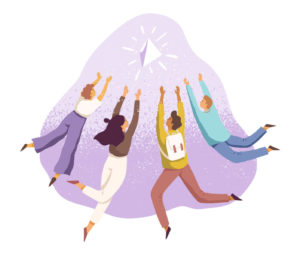
1. Gender Identity
Gender Identity is how a person may think about themselves, that is, how they self-identify, with “woman” and “man” at either end of the spectrum. It’s a person’s interpretation of their internal chemistry. To date, at least 76 different gender identities have been identified and equally as many pronouns.
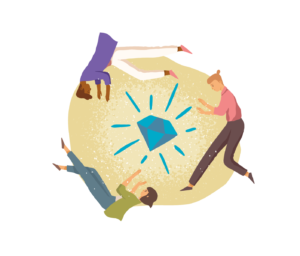
2. Gender Expression
Gender Expression is how a person demonstrates or expresses their own gender. This can be through the way they act, dress and interact with others. Like Gender Identity there are many expressions and variations within each of these.
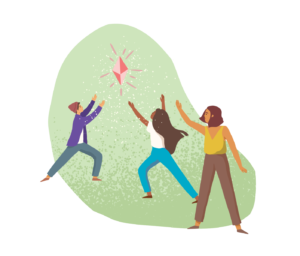
3. Biological Sex
Biological Sex is defined by identifiable physical organs, hormones, chromosomes and a possible combinations of these. In their simplest form: male, female and intersex.
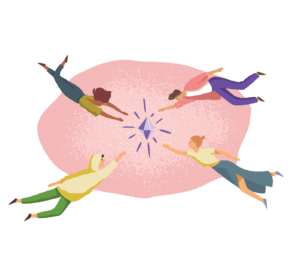
4. Sexual Orientation – sometimes described as sexuality
Sexual Orientation describes the physical, spiritual and emotional liaisons with others and how this relates to a persons own sex/gender. These categories can include heterosexual, bisexual, pansexual, asexual, homosexual, transsexual etc. These attributes may overlap with gender expression.
With these differences in mind we seem to still be conflating gender expression, orientation and biological sex with the term LGBTQI+.
In an orchestra, we don’t assume the string instruments function the same as our woodwind instruments. To conflate orientation and gender identity, to stretch our metaphor a little further, feels like we’re trying to do just this, and we are surprised when the results aren’t as we would expect and in doing so, we detract from the individual merits of both instruments.
These are such complex issues and navigating even the language of personal identity is a minefield. In the space of one week, we received two ‘complaints’ about our Gender options in the Diversity Atlas survey. The first complaint was that we did not provide enough options And the second complaint was that we were providing too many options.
It is right that we should be concerned with these things when engaging in the diversity and inclusion space. We’re talking about the lived experience of individual people. We can’t negate their identities as that would defeat the purpose of everything we, who consider ourselves allies, are trying to accomplish in fostering equitable and harmonious communities.

Through Diversity Atlas, Cultural Infusion is committed to providing clarity and supporting this difficult but necessary process. Large organisations operate on numbers – they want quantifiable data, and this extends to the less easily defined and measurable world of human resources and diversity programs.
It’s difficult to put into place strategies for improving diversity on an organisational level if the organisation isn’t aware of who they currently are. Corporations know so much about their target markets, but often don’t stop to consider their own demographic makeup.
In order to know who we are, we have to have the language to discuss these issues. We need clarity and we need to have the facts as they stand. Without this knowledge, confusion abounds – confusion and ignorance are so often the drivers of the very problems of intolerance to others we strive to eliminate.
There’s the orchestra as a whole, sure, but this cannot exist without the individual instruments. Both are worth listening to.
Share this Post